I found this object underwater around what are probably some very old shipwreck artifacts...but the weird thing is that I found it in zero visibility conditions with a metal detector.
I got it home and it reads -8 on my Xterra 70...pure iron. A Garrett Pro -pointer gives a reading over the entire surface area. It is completely non-magnetic, hard as a rock and very heavy for its size. I think it is either a bone fragment or a piece of wood that has become mineralized over many years by being in contact with iron. Any ideas?? Thanks in advance...
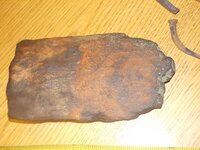
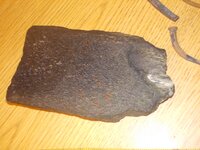
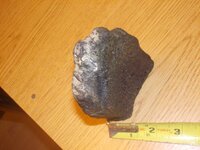
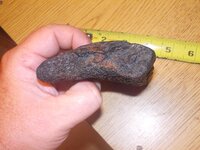
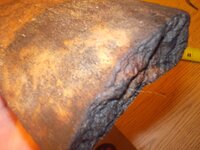
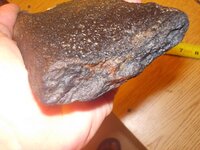
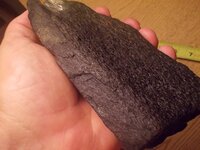
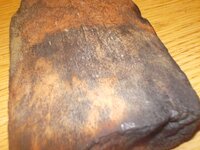
I got it home and it reads -8 on my Xterra 70...pure iron. A Garrett Pro -pointer gives a reading over the entire surface area. It is completely non-magnetic, hard as a rock and very heavy for its size. I think it is either a bone fragment or a piece of wood that has become mineralized over many years by being in contact with iron. Any ideas?? Thanks in advance...










